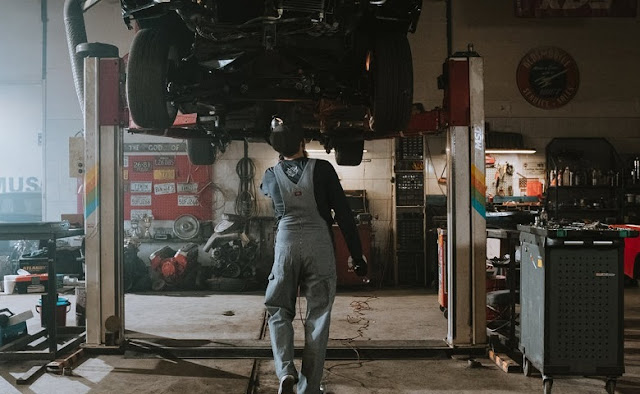If your car has any problems, it's customary to approach professional and experienced mechanics, and finding a problem and solution can enhance proper knowledge and solve problems through intelligent approaches. There are many different ways in which the clutch in the car set by manual transmission goes wrong. But it's a simple mechanical system. Once you understand what the parts are and how to run them, the problems can be easily solved.
There are two things to damage a clutch, either it fails to dissect or fails to fully engage. In normal, modern stop-and-go driving you press the clutch pedal every second. Once you press it and take the car forward, you can see that there are problems.
At this point, if your car has any problems with the vehicle, it is customary to approach professional and experienced mechanics, who can increase the correct knowledge and solve the problem and solve the problems through intelligent approaches. There are many different ways in which the clutch in the car set by manual transmission goes wrong. But it's a simple mechanical system. Once you understand what the parts are and how to operate them, the problems can be easily resolved. Sometimes when a part fails, the clutch usually stops working and the activity is disrupted for a moment. At other times it will also enable normal functioning. Each use of the clutch works a little better.
Failures are likely to occur
for a variety of reasons. There is a sudden failure and gradual failure. Among
the sudden failures of the clutch are broken clutch cables, failure of the
hydraulic master or slave cylinder, leakage of the hydraulic line, contaminated
disc with foreign materials, and the wrong fit of throw-out bearing with a
pressure plate. Similarly, the extended cable, curved linkage, the failure of
the master or the slave cylinder and the less hydraulic liquid, and the broken
motor or transmission mount are among the gradual failures of the clutch.
A clutch that is not fully involved or slips under heavyweight is like a pressure cooker that has lost tension. When you press the clutch, your foot opposes the diaphragm spring. It presses its friction disk into the flywheel.
If the spring pressure is not sufficient or the clearance to all parts is too large, there will be not enough friction to transfer power from the motor to the transmission. Wear and tear also occur for frictional discs as the springs weaken with time and usage. So, all clutches gradually start slipping away. The sudden emergence of the slipping clutch usually results in an oil leak or contamination of some other frictional surfaces.
The clutch does not interfere with the
linkage or the binding due to damage, and the clutch does not get stale at all
in cases of curved linkages, failed pressure plate diagramed, failure of the friction
plate, and binding in the linkage or cable due to damage. Due to poorly
adjusted cable or linkage or usage, gloss friction surfaces and weak pressure
plate diagramed springs usually from slipping from the use help the clutch to
slip under the load.
In addition to not interfering, or not separating, the clutch is also likely to be disabled due to other issues. The absence of periodic lubrication in older mechanical linkages may lead to higher effort or to binding on pivots, cables, or binding, or a pedal that does not return smoothly. Bad throw-out bowering in stop-and-go traffic is a big headache.
Whenever the clutch pedal is squeezed it produces terrifying sounds, which are often more annoying than other objects. Other clutch problems include chatting, creaking, or buzzing when the pedal is pressed, shouting or clicking from the clutch, high petrol attempt, failure to return the clutch pedal, etc. If you still facing any issues, I found a better website for you and for the Sydney people who can earn top cash from the wrecked car removal company refer to https://www.cashforcarwrecker.com.au/services/cash-for-wrecked-cars/ and find a quote.

